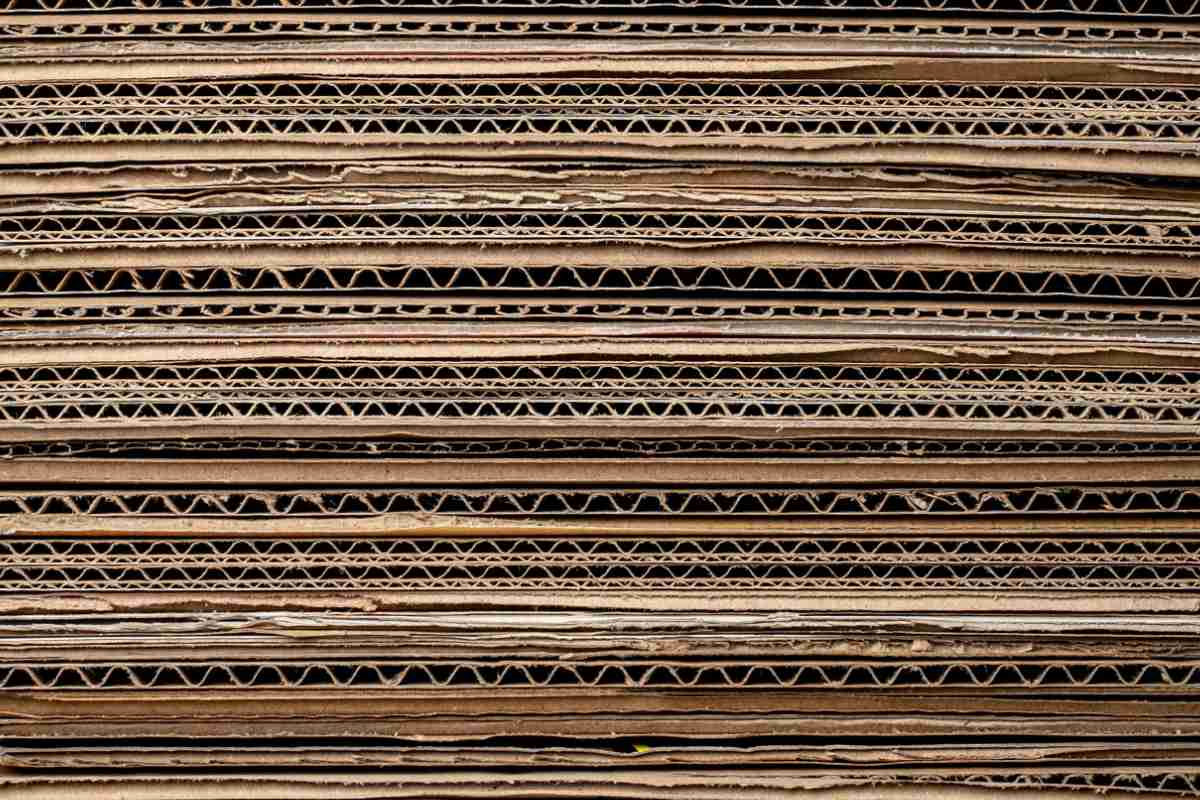The Journey of Cardboard Boxes: From Forest to Packaging
Cardboard boxes are an essential part of modern logistics and daily life, providing a durable, lightweight, and sustainable packaging solution. This article dives into the detailed process of how cardboard boxes are made, from sourcing raw materials to manufacturing the final product. We also highlight why investing in strong removal boxes from trusted suppliers like RemovalBoxes.co.uk is crucial. Buy Strong Cardboard Boxes here: Purchase CardBoard Boxes.
Read more here about the many uses for Cardboard Boxes: Cardboard Box Uses
1. Sourcing the Raw Materials
The journey of cardboard boxes begins in forests, primarily with the harvesting of softwood trees like pine and spruce. These trees are chosen because of their long fibers, which provide the strength needed for durable paper products.
Steps in Raw Material Sourcing
- Sustainable Forestry:
- Trees are harvested under strict sustainability guidelines. For every tree cut down, several more are planted to ensure minimal environmental impact.
- Wood Chipping:
- Logs are stripped of their bark and cut into small chips for easier processing.
- Transportation:
- The wood chips are transported to paper mills, where the next stage begins.
2. Pulping Process
The wood chips undergo a pulping process to extract cellulose fibres, which form the base of paper products.
Pulping Methods
- Mechanical Pulping: The wood chips are ground into fibers using mechanical force. This method retains most of the wood’s natural lignin, giving the final product stiffness.
- Chemical Pulping: Chemicals like sodium hydroxide are used to dissolve the lignin, leaving behind pure cellulose fibers. This process results in a smoother and more flexible paper.
- Recycled Pulping: Used paper and cardboard are shredded and reprocessed into pulp, making the process more sustainable.
Once the pulp is prepared, it is washed, bleached (if required), and screened to remove impurities.
3. Paper Formation
The processed pulp is transformed into large sheets of paper through a paper making machine.
Key Steps
- Wet End Process:
- The pulp is diluted with water to form a slurry.
- It is spread over a moving mesh conveyor, allowing water to drain away, leaving a thin mat of fibres.
- Pressing:
- The fibre mat is pressed between rollers to remove additional water and compact the fibres.
- Drying:
- The sheet is passed over heated rollers to evaporate moisture, leaving a durable paper sheet.
- Cutting:
- The paper is rolled into large reels and cut to specific dimensions for further use.
4. Corrugation: The Heart of Cardboard Boxes
Corrugated cardboard is created by bonding a fluted (wavy) layer of paper between two flat layers. This unique structure gives cardboard boxes their strength and cushioning properties.
Corrugation Process
- Heating:
- The paper is heated to make it flexible.
- Fluting:
- A corrugator machine presses the paper into a wavy shape.
- Bonding:
- The fluted paper is glued between two liner boards using a strong adhesive like starch glue.
- The glued layers are pressed and dried to form a stiff sheet.
Corrugated sheets can vary in thickness and flute size, depending on the intended use. Common types include:
- Single-wall: One fluted layer between two liners.
- Double-wall: Two fluted layers for extra strength.
- Triple-wall: Three fluted layers for heavy-duty applications.
5. Box Manufacturing
Once the corrugated sheets are ready, they are cut and folded into box shapes.
Steps in Box Formation
- Cutting:
- Die-cutting machines stamp out precise shapes for various box designs.
- Printing:
- Logos, labels, and product information are printed directly onto the box surface.
- Folding and Gluing:
- The cut sheets are folded along pre-creased lines and glued to form box structures.
- Quality Check:
- Each box is inspected for strength, uniformity, and proper adhesive bonding.
6. Recycling and Sustainability
Cardboard boxes are highly recyclable, making them one of the most eco-friendly packaging materials available. Recycling involves:
- Shredding used boxes.
- Re-pulping the shredded material.
- Reforming it into new cardboard sheets.
This closed-loop system significantly reduces waste and resource consumption. More info here: Sustainability
Why Choose Strong Removal Boxes from RemovalBoxes.co.uk?
When moving house, investing in high-quality boxes ensures the safety of your belongings. RemovalBoxes.co.uk offers durable, reliable, and eco-friendly cardboard boxes designed specifically for moving.
Benefits of Choosing RemovalBoxes.co.uk
- Strength: Made with reinforced corrugated layers to handle heavy items.
- Variety: Available in different sizes to suit all packing needs.
- Eco-Friendly: Produced from recyclable materials.
- Convenience: Delivered directly to your doorstep.
- Affordability: Competitive prices without compromising on quality.
Advantages of Using Cardboard Boxes
- Durability: The corrugated structure provides excellent strength.
- Lightweight: Easy to handle and transport.
- Cost-Effective: Affordable compared to other packaging materials.
- Sustainability: 100% recyclable and biodegradable.
For More Information
To dive deeper into the science of cardboard and its applications, visit:
For top-quality cardboard boxes, visit RemovalBoxes.co.uk to browse their selection of strong removal boxes.
By understanding the detailed process of how cardboard boxes are made, you can appreciate their strength, versatility, and sustainability. Whether for moving house, shipping goods, or storage, investing in quality boxes ensures your items are safe and secure throughout their journey.
